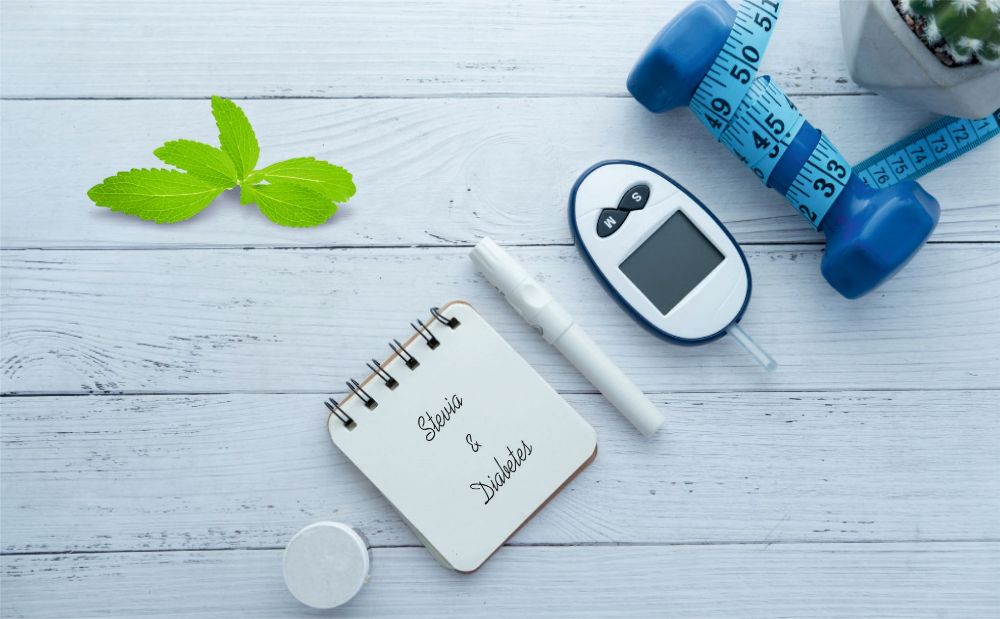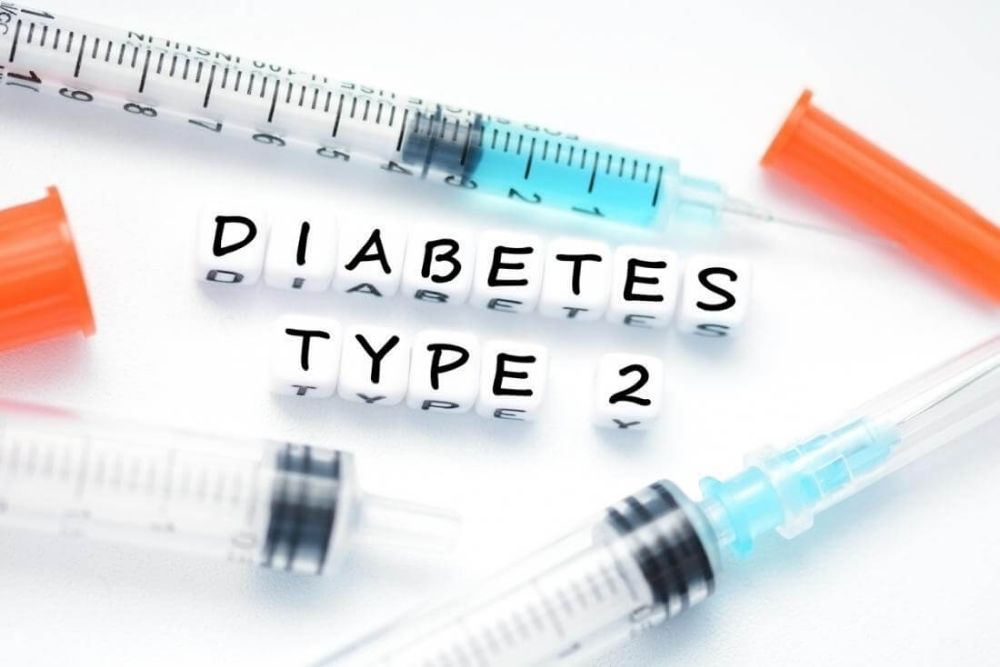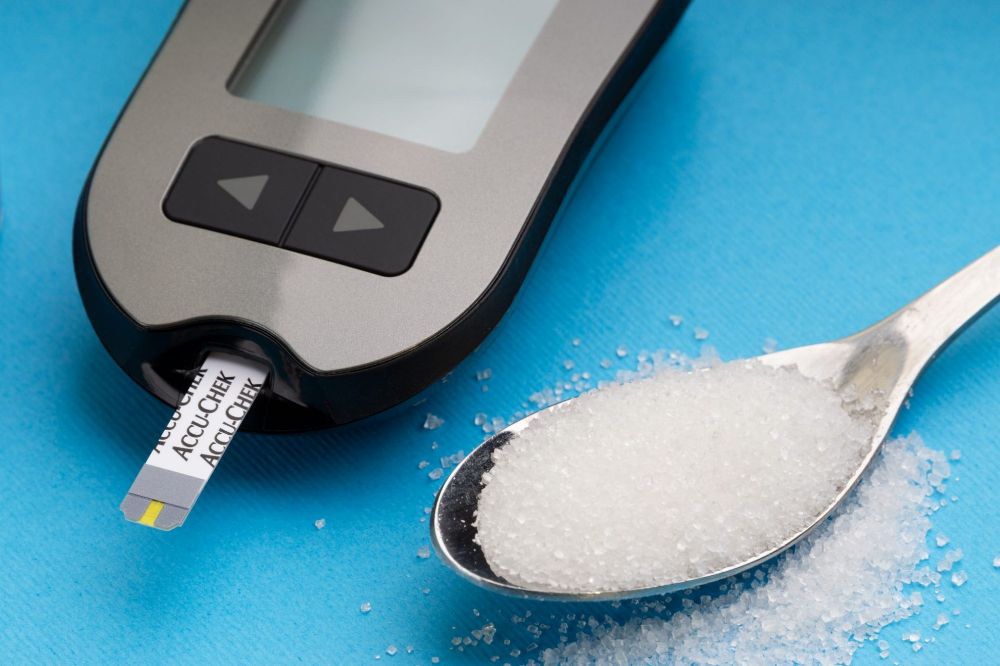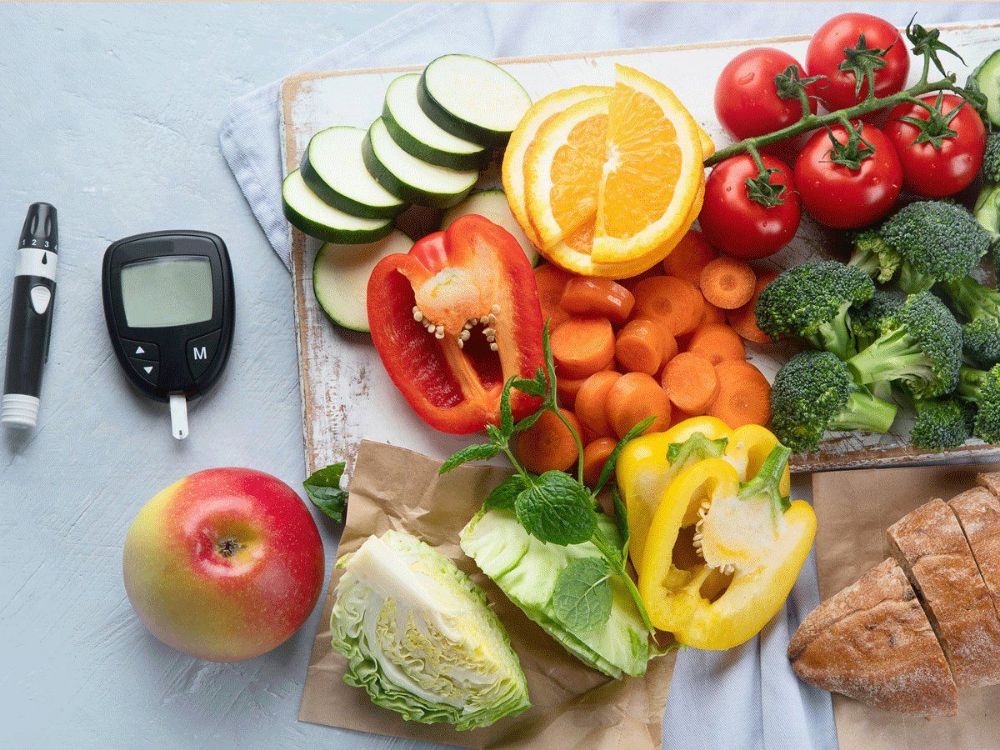Stevia for Diabetics

DID YOU KNOW ????India has an estimated 77 million people with diabetes, which makes it the second most affected in the world, after China. One in six people (17%) in the world with diabetes is from India. (India’s population as calculated in October 2018 was about 17.5% of the global total.) The number is projected to grow by 2045 to become 134 million per the International Diabetes Federation. In India, type 1 diabetes is more rare than in western countries while type 2 diabetes is more prominent. Only about one-third of type 2 diabetics in India are overweight or obese. A 2004 study suggests that the prevalence of type 2 diabetes in Indians may be due to environmental and lifestyle changes resulting from industrialisation and migration to urban environment from rural. These changes also occur ear lier in life, which means chronic long-term complications are more common. |

WHAT IS DIABETES ?Diabetes is a medical condition which impairs the body’s ability to process blood glucose, otherwise known as blood sugar. This is due to inability of the body to utilize or produce insulin properly.Without continuous, careful and regulated management, diabetes can lead to a buildup of sugars in the blood, which can increase the risk of dangerous complications , including stroke and heart disease.Three major diabetes types can develop: Type 1, type 2, and gestational diabetes. TYPE I DIABETESAlso known as juvenile diabetes, this type occurs when the body fails to produce insulin. People with type I diabetes are insulin-dependent, which means they must take artificial insulin daily to stay alive. TYPE 2 DIABETESType 2 diabetes affects the way the body uses insulin. While the body still makes insulin, unlike in type I, the cells in the body do not respond to it as effectively as they once did. This is the most common type of diabetes, according to the National Institute of Diabetes and Digestive and Kidney Diseases, and it has strong links with obesity. GESTATIONAL DIABETESThis type occurs in women during pregnancy .The body can become less sensitive to insulin.Gestational diabetes does not occur in all women & usually resolves after giving birth. PRE-DIABETIC CONDITIONDoctors refer to some people as having pre-diabetes or borderline diabetes when blood sugar is usually in the range of 100 to 125 milligrams per deciliter (mg/dL).Normal blood sugar levels sit between 70 and 99 mg/dL, whereas a person with pre-diabetes will have a fasting blood sugar higher than 126 mg/dL.The pre-diabetes level means that blood glucose is higher than usual but not so high as to constitute diabetes.People with pre-diabetes are, however, at risk of developing type 2 diabetes, although they do not usually experience the symptoms of full diabetes. The risk factors for pre-diabetes and type 2 diabetes are similar. They include: Being overweight | A family history of diabetes | Having a high-density lipoprotein (HDL) cholesterol level lower than 40 mg/dL or 50 mg/dL | A history of high blood pressure | Having gestational diabetes or giving birth to a child with a birth weight of more than 9 pounds | A history of polycystic ovary syndrome (PCOS) | Being more than 45 years of age | Having a sedentary lifestyle If a doctor identifies that a person has pre-diabetes, they will recommend that the individual makes healthful changes that can ideally stop the progression to type 2 diabetes. Losing weight and having a more healthful diet can often help prevent the disease. |

GLYCEMIC INDEX AND DIABETESGlycemic index (GI) is a measure of how quickly a food can make your blood sugar (glucose) rise.Only foods that contain carbohydrates have a GI. Foods such as oils, fats, and meats do not have a GI.In general, low GI foods increase glucose slowly in your body. Foods with a high GI increase blood glucose quickly. If you have diabetes, high GI foods can make it harder to control diabetes. Not all food work the same in the body. Some trigger a quick spike in blood sugar, while others work more slowly, keeping blood sugar more even. The glycemic index addresses these differences by assigning a number to foods that reflects how quickly they increase blood glucose compared to pure glucose (sugar).The GI scale goes from 0 to 100. Pure glucose has the highest GI and is given a value of 100. Eating low GI foods can help you gain tighter control over your blood sugar. Paying attention to the GI of foods can be another tool to help manage diabetes, along with carbohydrate counting. Following a low-GI diet also may help with weight loss. The Glycemic Index of Sweeteners Eating a lot of high GI foods can be detrimental to your health because it pushes your body to extremes. This is especially true if you are overweight and sedentary. Switching to eating mainly low GI carbs that slowly trickles glucose into your blood stream keeps your energy levels balanced and means you will feel fuller for longer between meals. Benefits of Low GI Sweetener - Low GI diets help people lose and manage weight - Low GI diets increase the body's sensitivity to insulin - Low GI carbs improve diabetes management - Low GI carbs reduce the risk of heart disease - Low GI carbs improve blood cholesterol levels - Low GI carbs can help you manage the symptoms of PCOS - Low GI carbs reduce hunger and keep you fuller for longer - Low GI carbs prolong physical endurance - High GI carbs help re-fuel carbohydrate stores after exercise So the GI is a numerical index that ranks carbohydrates on their rate of glycemic response or how quickly they convert to glucose in the body. The higher the number, the more quickly the carbohydrates break down thus causing a spike in blood sugar. (www.glycemicindex.com) Glycemic Index of Common Sweeteners Stevia - 0 Erythritol - 0 Xylitol - 7 Agave Nector - 15 Barley Syrup - 42 Maple Syrup - 54 Molasses - 55 Honey - 62 White Sugar - 68 High Fructose Corn Syrup - 100 Glucose - 100 |

DIABETES CARE WITH DIVINE LEAVES STEVIA SWEETENER - NATURAL SUGAR SUBSTITUTE FOR DIABETESDivine Leaves 100% Natural Stevia sweetener is natural no calorie sweetener for diabetes as it has lowest Glycemic Index Sweetener as it contain Stevia and Erythritol both of which have Zero Glycemic Index. Stevia is known to have anti-diabetic properties and has zero Glycemic index. The body processes these sweeteners without using insulin in the process meaning there is no resultant spike in blood sugar. Stevia is zero on the glycemic index and sugar is 68 making it a healthy sweetener. The glycemic index is a numerical index that ranks carbohydrates on their rate of glycemic response or how quickly they convert to glucose in the body. The higher the number, the more quickly the carbohydrate breaks down thus causing a spike in blood sugar. HOW DIVINE LEAVES STEVIA SWEETENER HELP IN MANAGING DIABETESStevia( Sugar free Tulsi ) is a low-calorie sweetener that has antioxidant and antidiabetic properties. It’s been approved by the U.S. Food and Drug Administration (FDA).Unlike artificial sweeteners and sugar, stevia can suppress your plasma glucose levels and significantly increase glucose tolerance. It’s also not an artificial sweetener, technically speaking. That’s because it’s made from the leaves of the stevia plant. Stevia also has the ability to: · Increase insulin production · Increase insulin’s effect on cell membranes · Stabilize blood sugar levels · Counter the mechanics of type 2 diabetes and its complications so Divine leaves stevia powder is your first choice sugar free substitute . it is an healthy replacement for sugar. it is high time you decide to replace sugar with stevia natural sweetener and manage your diabetes in much better way. ABOVE ALL IT DOES NOT ADD ANY CALORIES OR SUGAR TO YOUR FOOD & YOU CAN ENJOY YOUR FAVOURITE DESSERTSHOW TO PLAN MEAL WITH THE GLYCEMIC INDEX ?It is very important to plan & choose your food to manage Diabetes. We have some suggestions for youChoose food CarefullyChoose foods that have a low to medium GI as these food do not increase your Blood Sugar immediately. Balance your FoodWhen you want to eat a high GI food, combine it with low GI foods to balance the effect on your glucose levels. The overall GI of a food changes when you combine it with other foods. The GI of a food is affected by certain factors, such as the ripeness of a piece of fruit. So you need to think about more than the GI of a food when making healthy choices. When choosing meals, it's a good idea to keep these issues in mind. Manage your Portion SizePortion size of food still matters a lot because calories still matter, and so do carbohydrates. You need to keep an eye on the portion size and number of carbohydrates in the meal you are having, even if it has low GI foods. The best way is to replace your access sugar with Natural sweeteners like Divine leaves which contains zero calories. Avoid Processed foodIn general, processed foods have a higher GI. For example, fruit juice and instant potatoes have a higher GI than whole fruit and whole baked potato. Change Style of CookingFoods higher in fibre tend to have a lower GI and high fibre food also gives you a feeling of fullness after eating and does not add to your calories. Certain foods from the same class of foods can have different GI values. For example, converted long-grain white rice has a lower GI than brown rice. And short-grain white rice has a higher GI than brown rice. Likewise, quick oats or grits have high a GI but whole oats and whole-grain breakfast cereals have a lower GI.Choose a variety of healthy foods keeping in mind the nutritious value of the whole meal as well as the GI of foods. Balance Nutrients by right mix of foodSome high GI foods are high in nutrients. So balance these with lower GI foods. And remember to consult your doctor regularly. |






